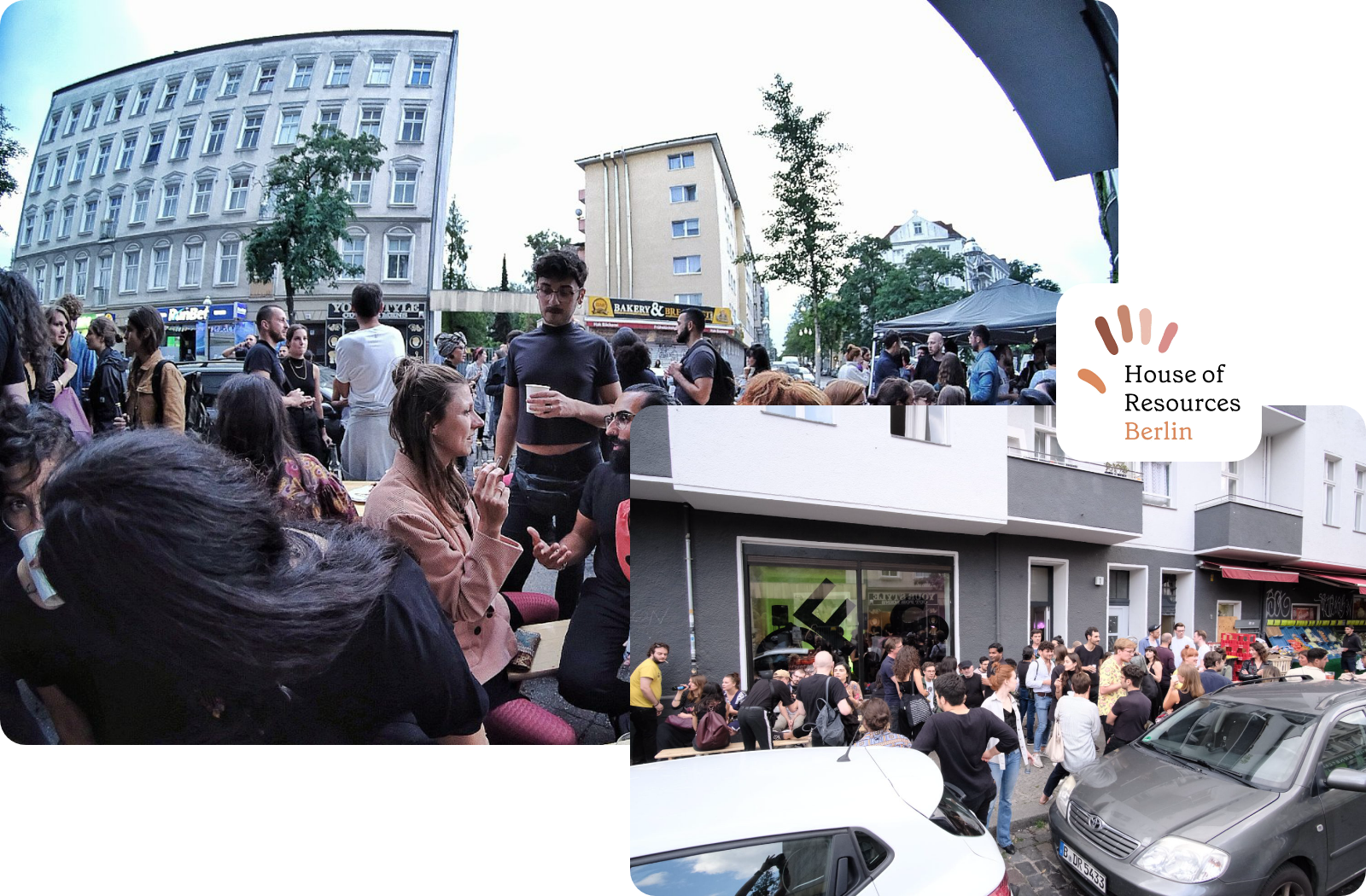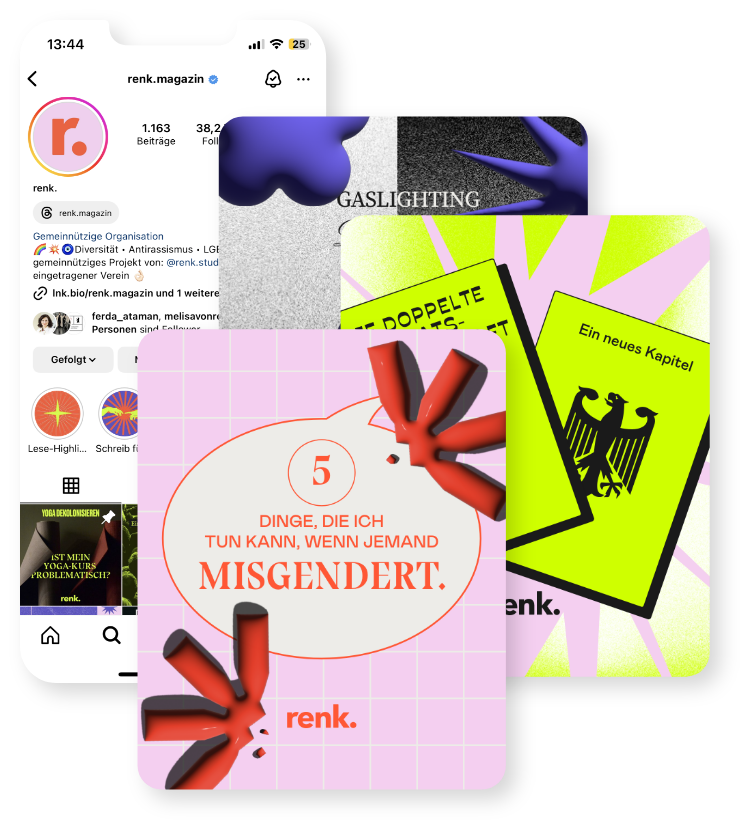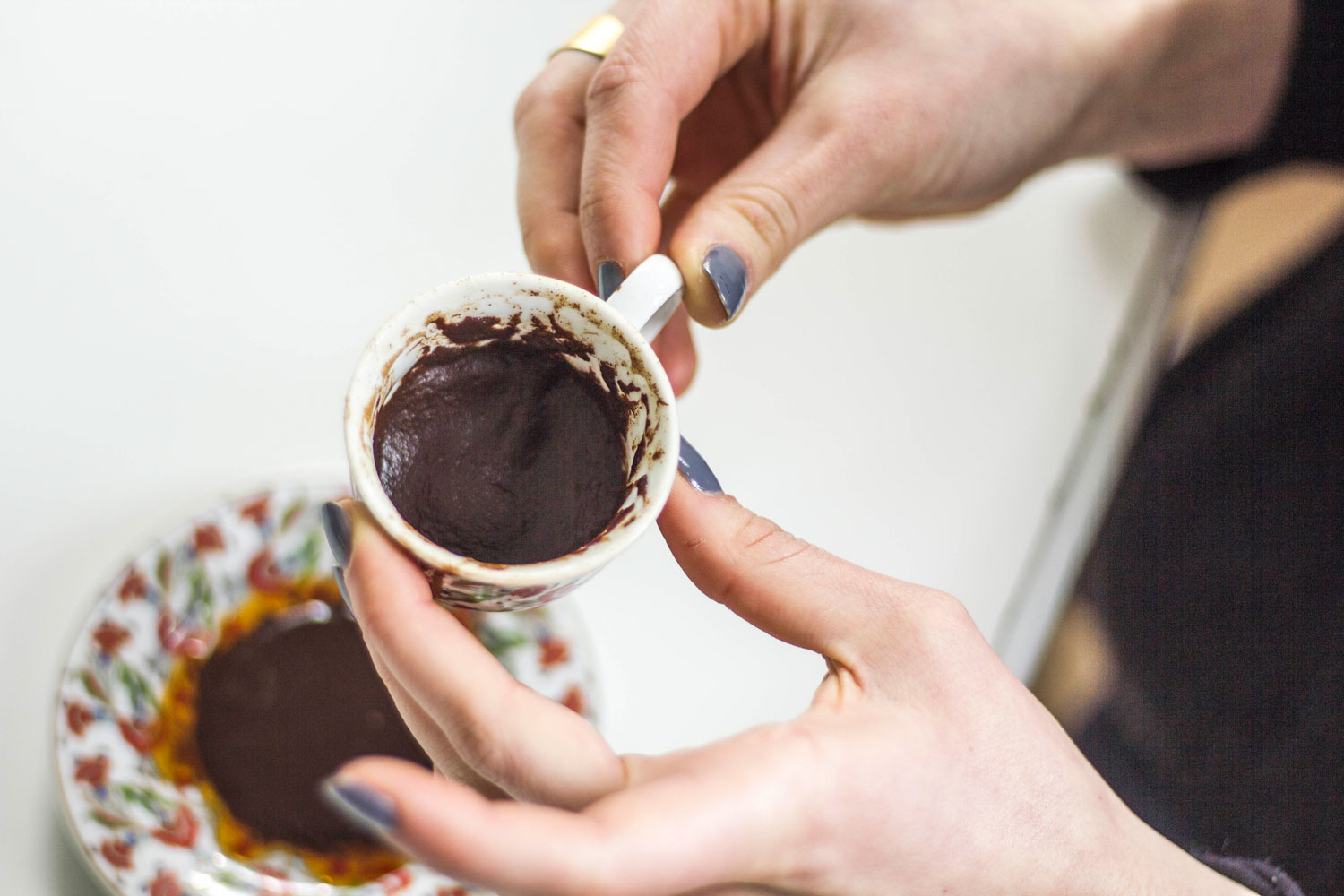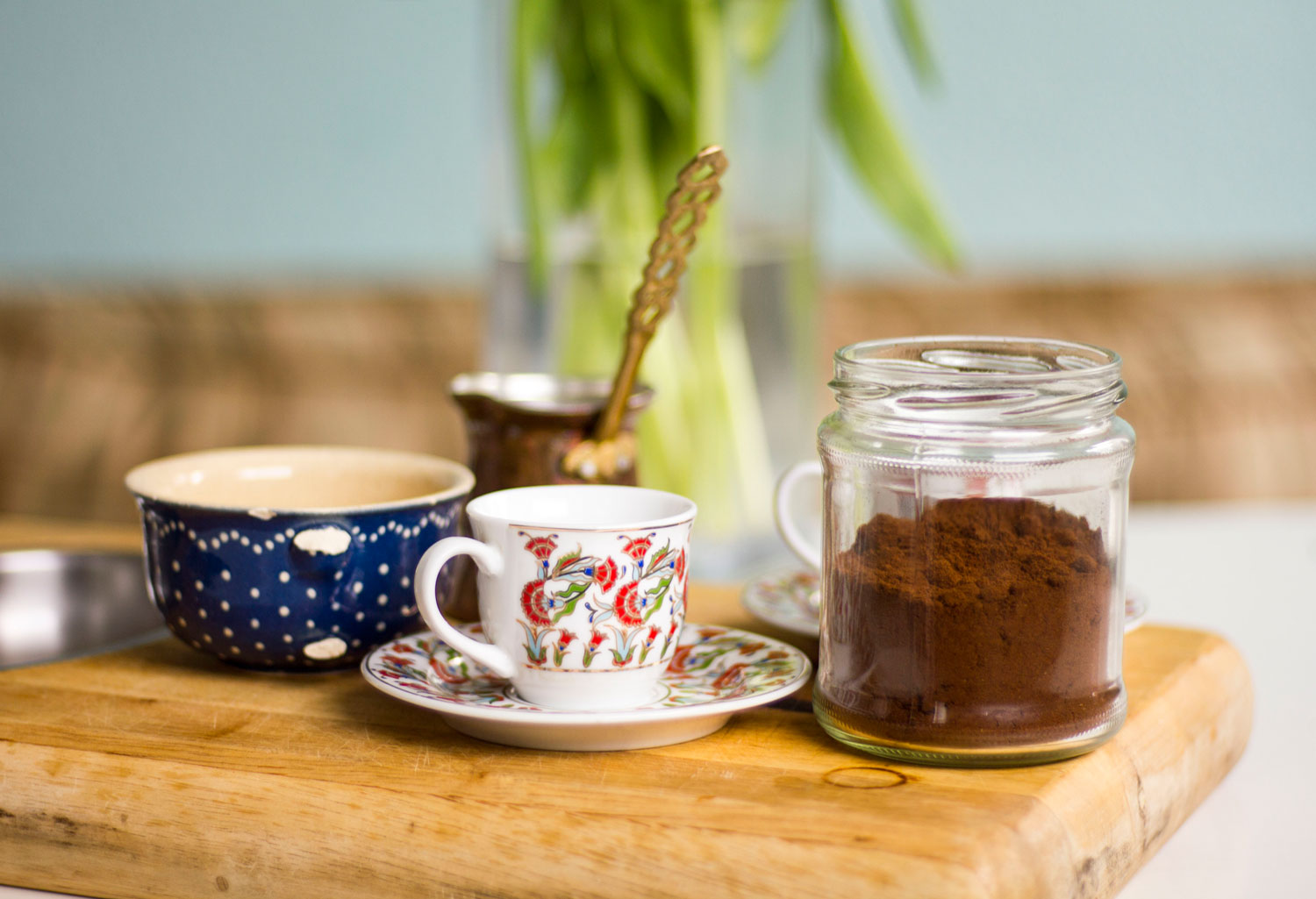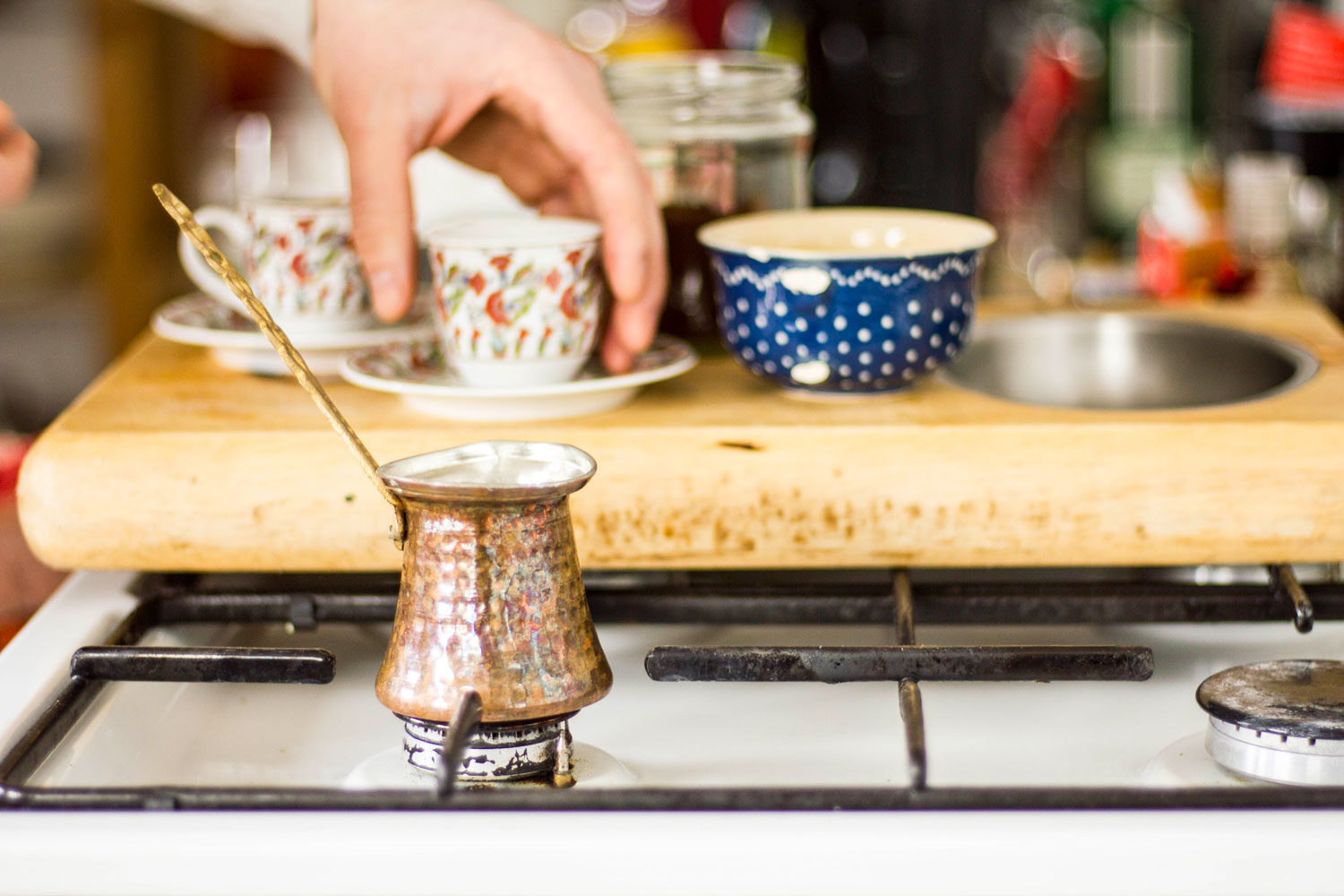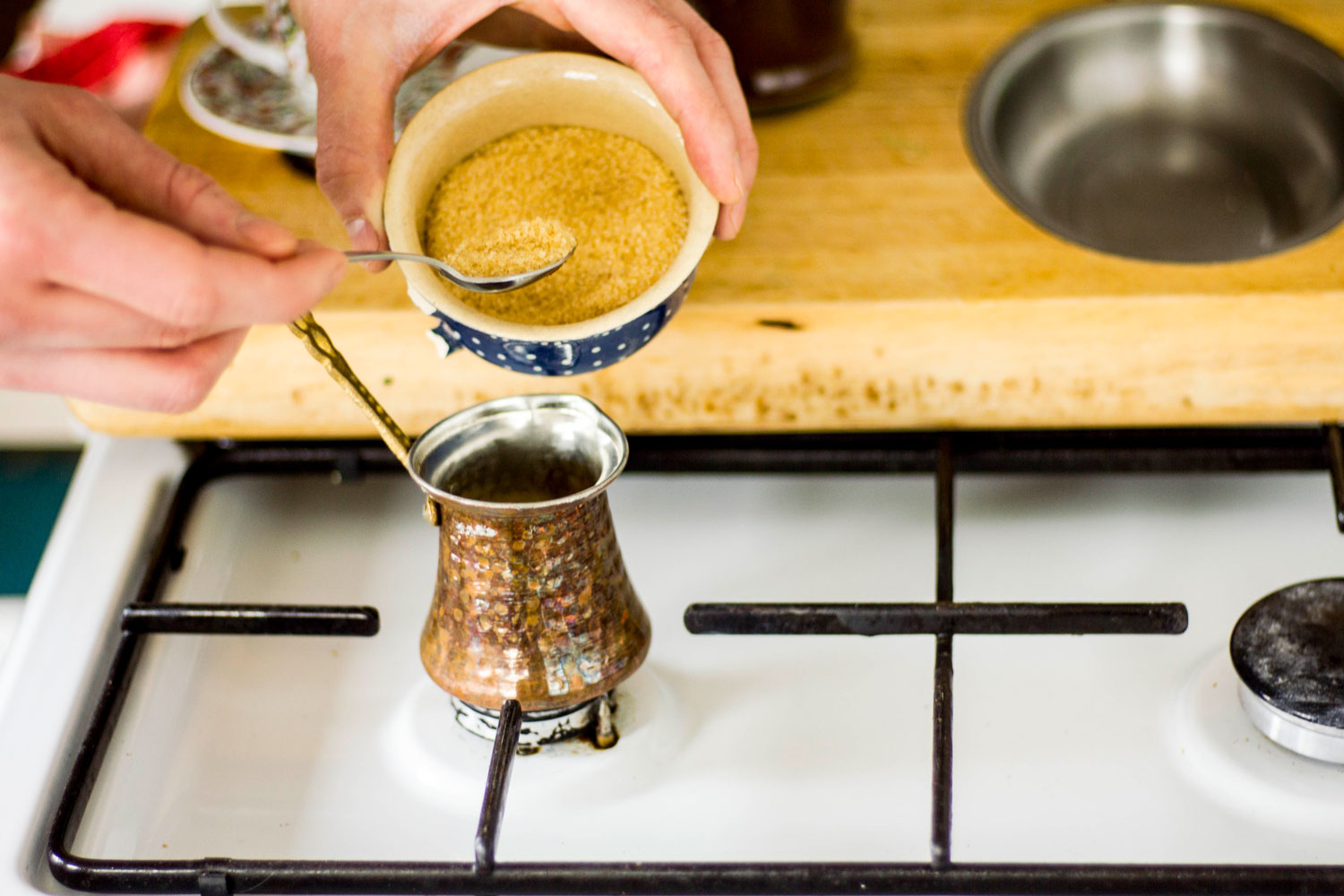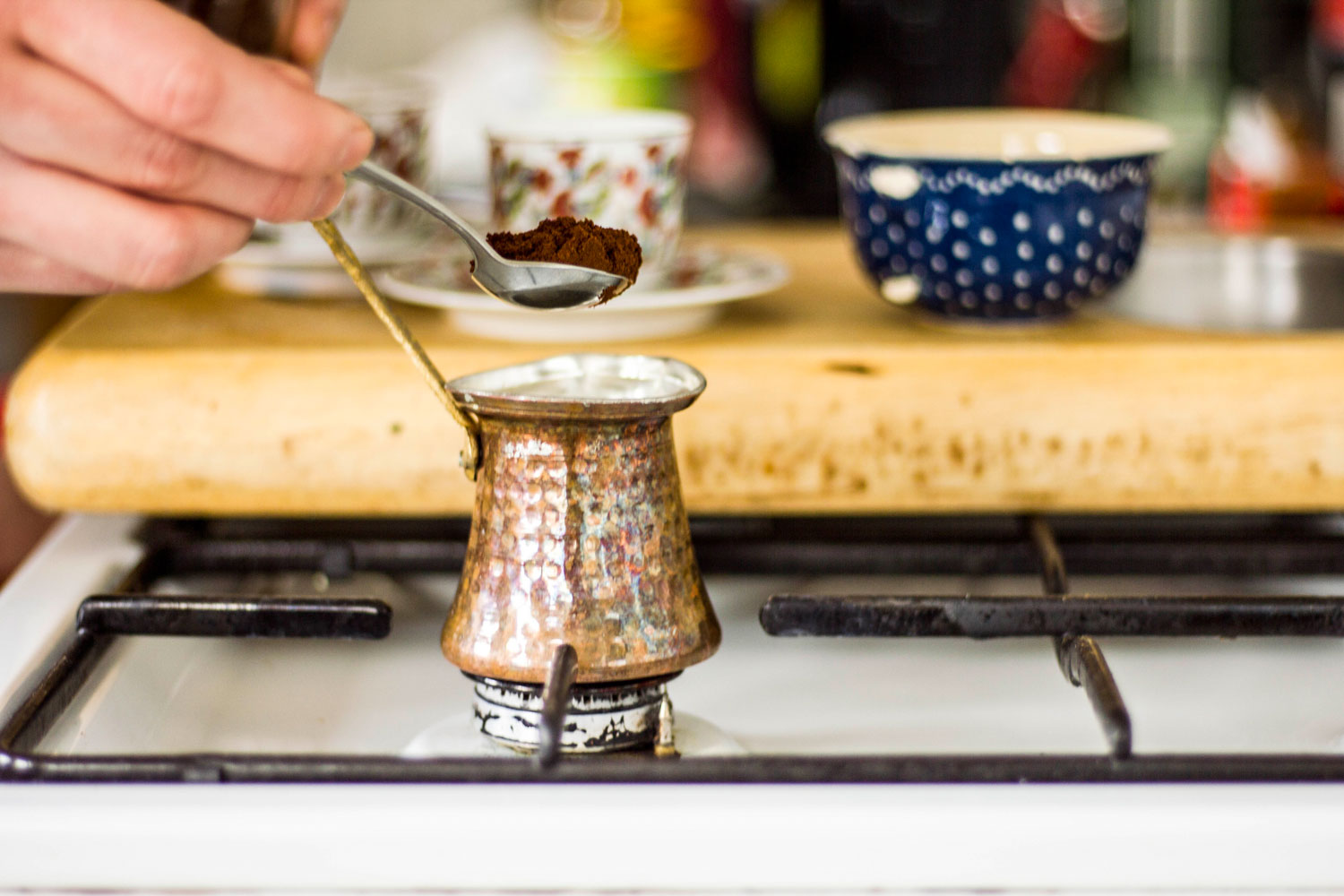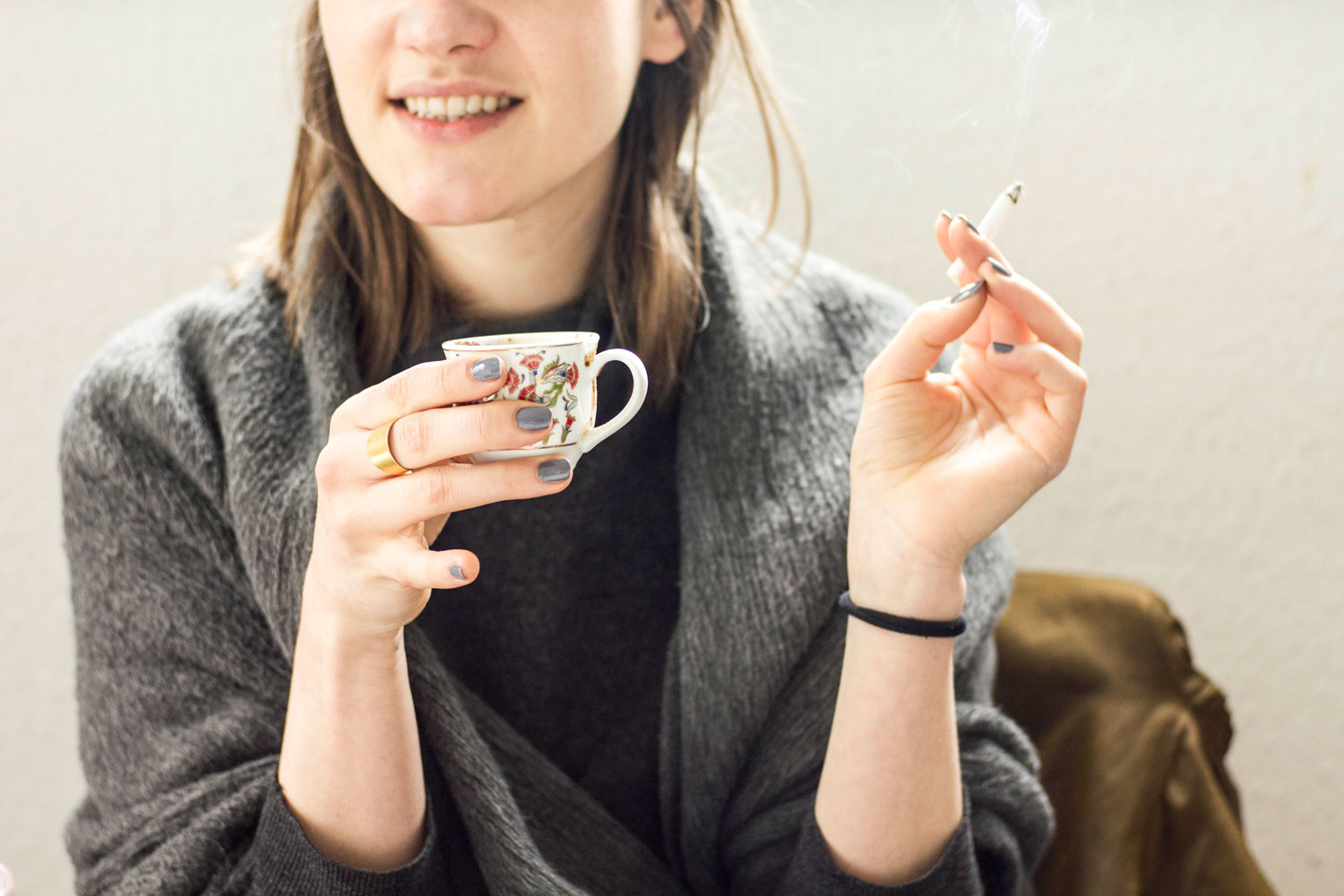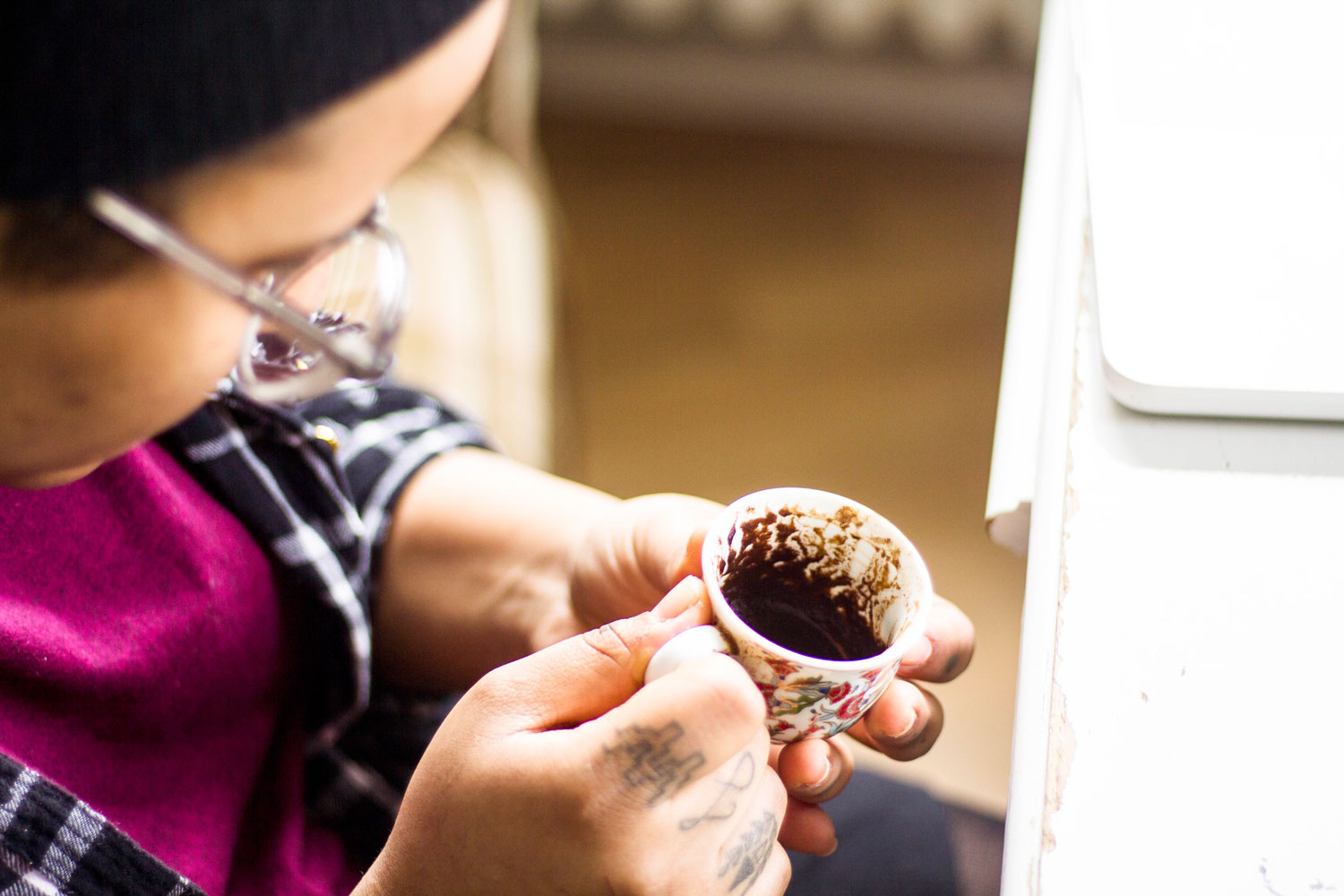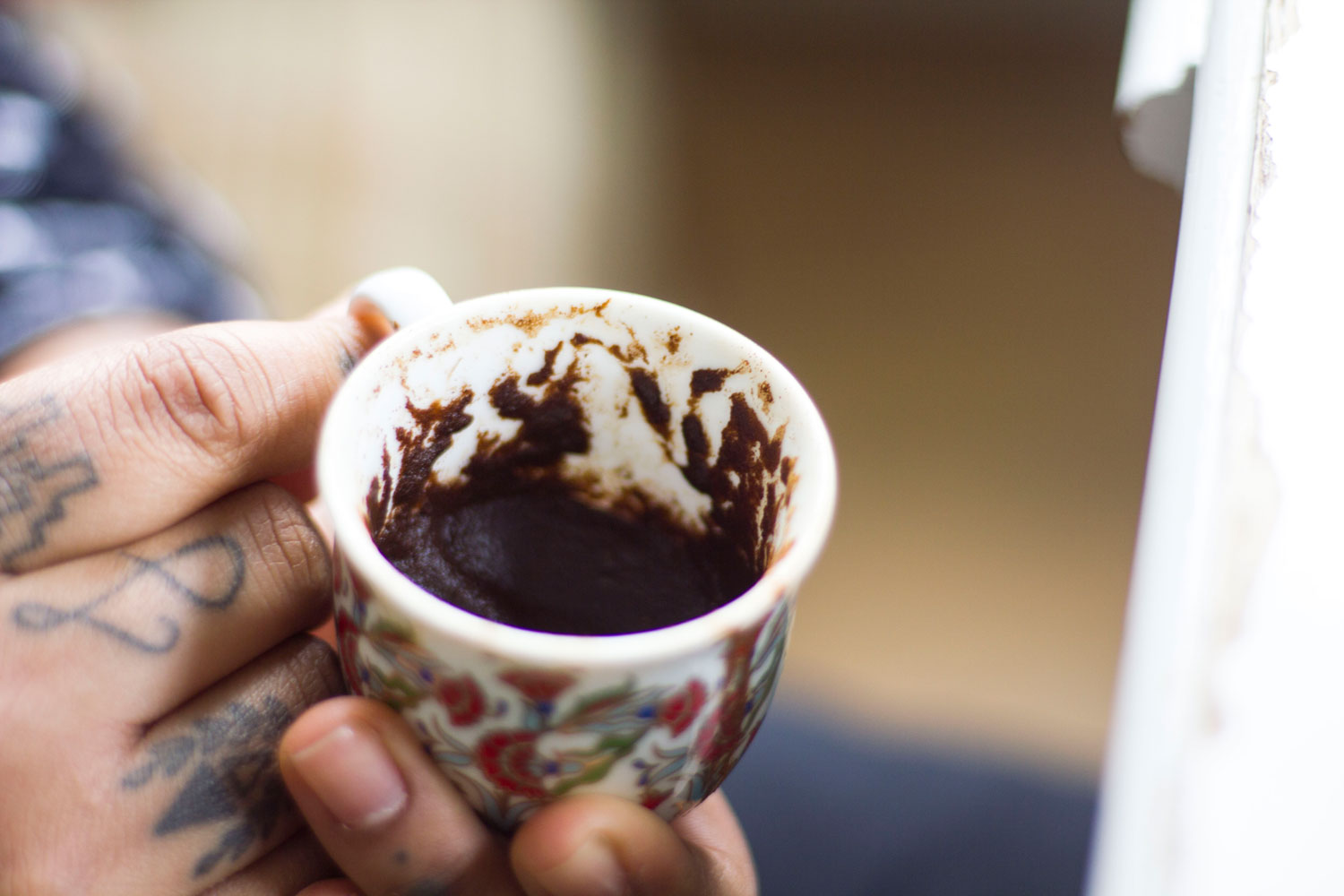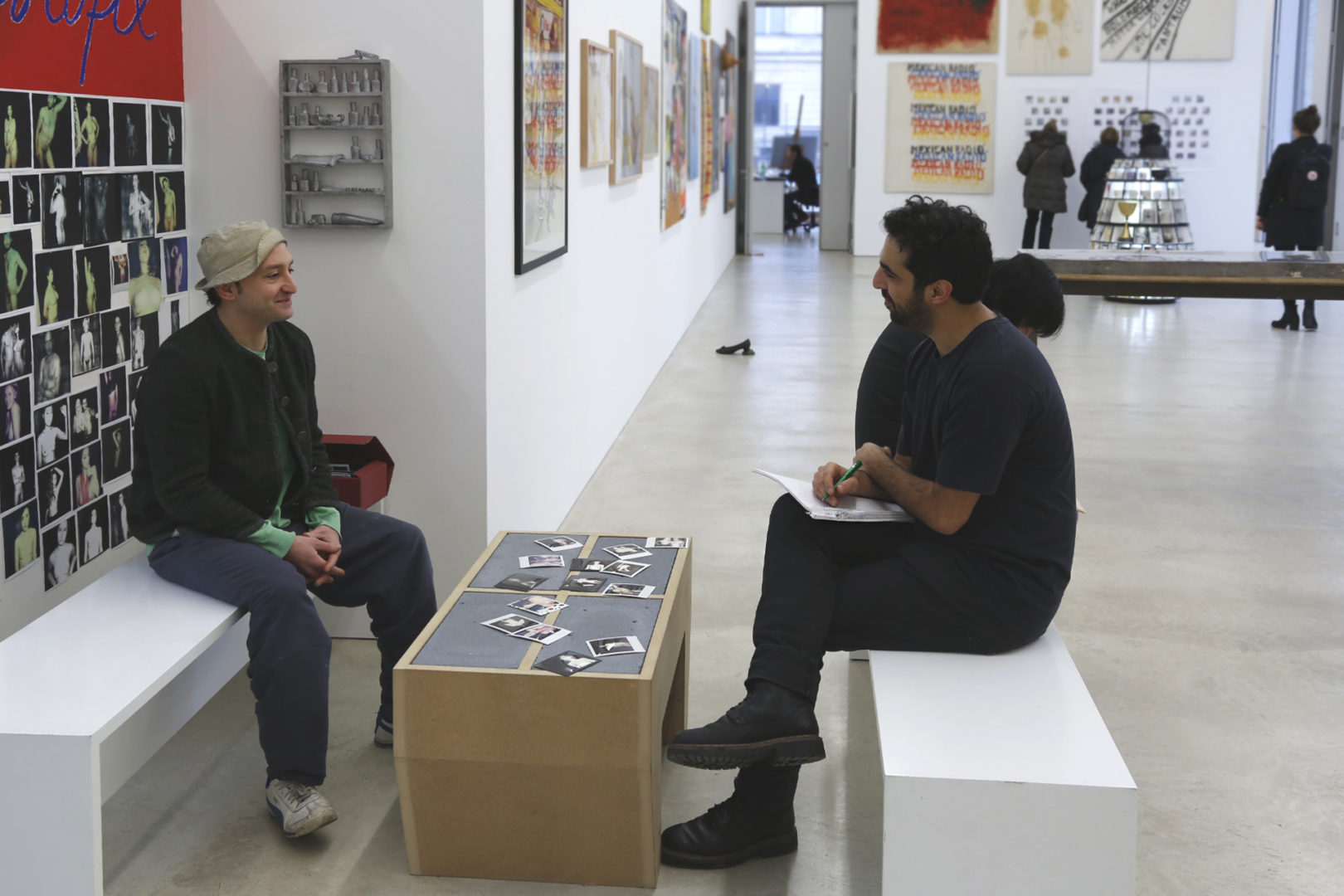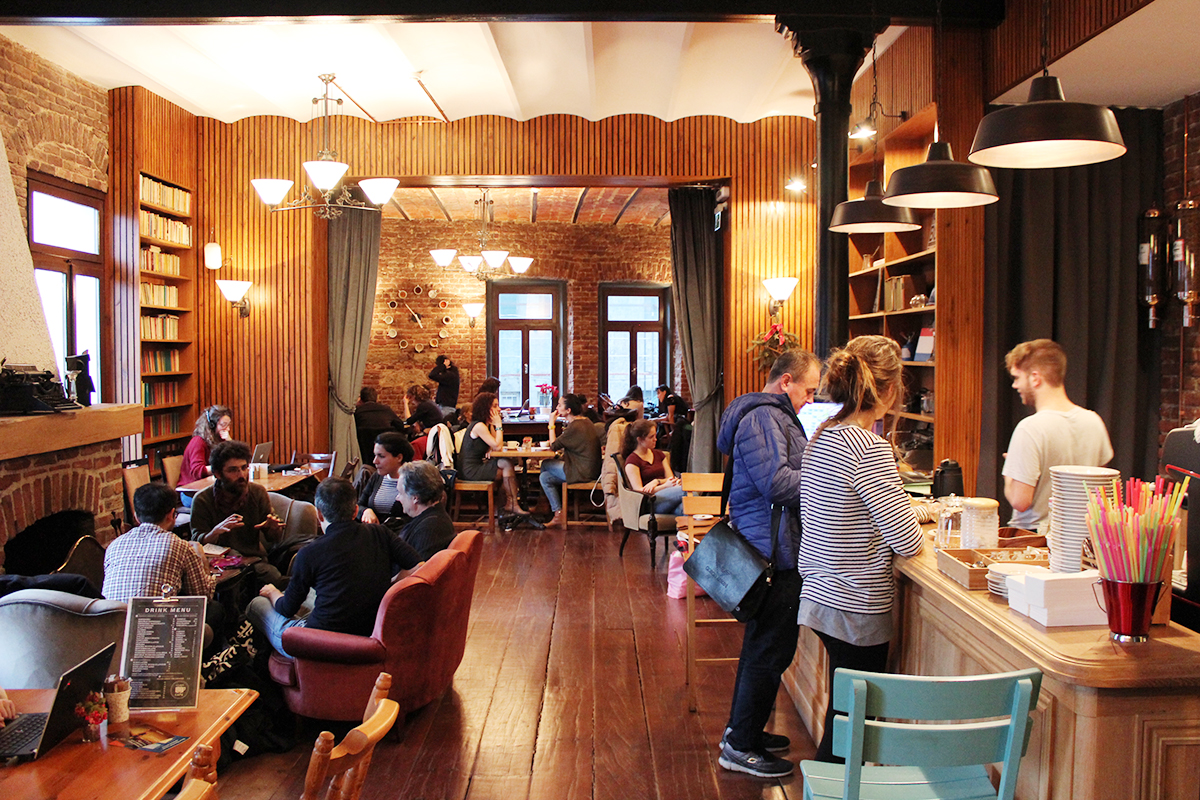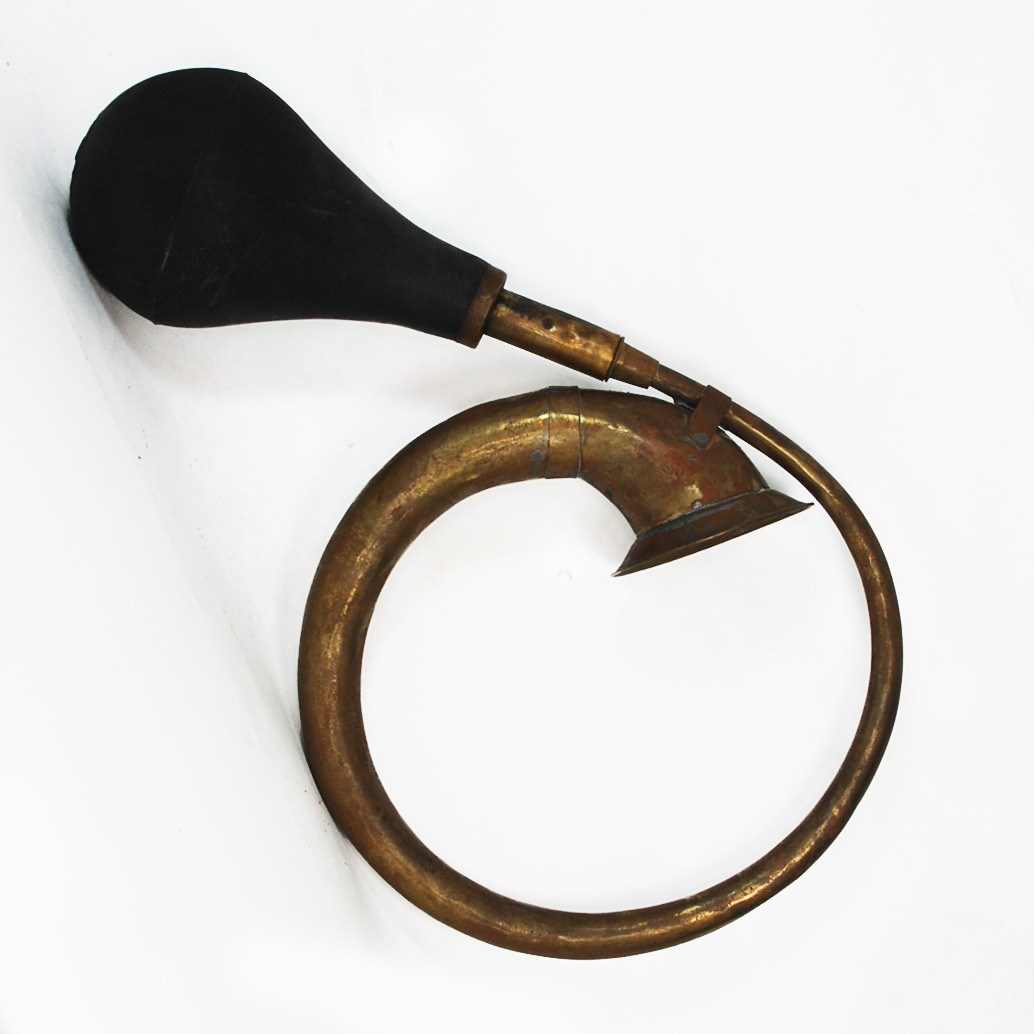The so-called “türk kahvesi,” or Turkish coffee, is a big part of Turkish culture. As she’s already mentioned in her column, Şeyda explains why it’s impossible to imagine Turkish daily life without coffee.
It’s also fun to pick up the tradition of reading coffee grounds. Not only does it offer an opportunity to have a conversation, for some, it is also a serious source of advice and information. Foreseeing the future has a central meaning in many cultures. For centuries, the Chinese and Japanese read tea leaves. A relict of such days for Germans, for example, is lead-pouring on New Year’s Eve. This technique originates from early alchemists who boiled lead, tin or wax and then poured it into cold water.
The meanings of the diverse forms and shapes were determined in a table, with which the reader could see if the forecasted events actually happened. Reading coffee grounds itself came into existence in the 14th century when slave traders brought coffee from its original region of “Kaffa” in Southwest Ethiopia. The port city of Mocha – also called Mokka or Al-Mukha – in Yemen became the capital city of coffee, through which coffee gained currency in the rest of the Middle East. The Ottomans appropriated reading coffee grounds, which anchored itself most of all in Turkish culture.
Preparation
Last week, we dared a try in fortune telling and interpretation of our coffee grounds. But from the beginning: What exactly do you need and how can you make “türk kahvesi” at home?
The mocha is prepared in a “cezve,” a long-handled, small can. In it, you should boil water, add a teaspoon of sugar and a not-so-stingy teaspoon of coffee powder, and boil the whole concoction until foam appears. Take the cezve off of the stove so that the foam goes down. The whole process is done three times, so that at the end there is a good amount of foam, which grows the more you boil it. This is important, because symbols appear in it that can also be read. But we’ll leave that to the professionals.
The enjoyable part
The coffee should be drunk when completely relaxed and in quiet. You should internalise the present and think about the future, because the coffee grounds need concrete questions. You don’t need to say them out loud, but while drinking the coffee, you should think about whether or not you’d like to find out something specific about your future. You can also think intensively about another person, for whom the prophecy can be valid.
Different versions of the tradition have created different rituals, too. Some stir the coffee three times before drinking it. Other say a holy Sura from the Koran or try to work with higher concentration. After drinking it, you should cover the cup with the saucer, swing it three times clockwise and then place it quickly on its head, so that the coffee grounds can run onto the saucer. After about 10 minutes, the brew on the inside of the cup will have cooled and hardened, and you can begin interpreting!
What the future will bring
In order to recognise the symbols, you need a little bit of imagination – the more imaginatively you look into the cup, the more extensive the meaning. There is a large catalogue of signs and their meanings. Here, too, due to different traditions, there are diverse interpretations about how one should read the patterns and symbols. Some claim that the past is left of the handle, the future on the right. Other say that the “timeline” of the cup is such, that the top part signifies the future, the centre the present, and the bottom the past. In any event, the cup’s handle symbolises the person the prophecy is for.
In our self-attempt, we were lucky to find consistently positive symbols.
For example, a tower, which symbolises a long life. A fish, which stands for a rich and happy life. A woman, who may embody a helpful friend, and even a dragon, who warns that the time has not yet come. Our attempt at interpretation: The time hasn’t come yet, but with the help of a good friend, it is now possible to build a fulfilling and long life. Or: True friendship strengthens and extends life? Time will show what the future will really bring. It’s always a nice and positive idea!
To wrap up, here are a few of the most curious meanings
Bee: You will meet new friends and receive good news. Near the handle: You’ll see old friends again. Away from the handle: Old friends are looking for you. A swarm of bees: You will leave a remaining impression at a large gathering.
Earring: You need a good explanation.
Cat: A large conflict will upset your life.
Pear: Financial security.
Squirrel: Happiness that is fleeting, opportunities that need to be taken.
Bells: Something will not be able to be kept a secret.
